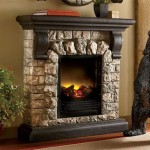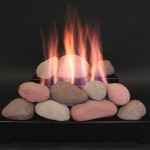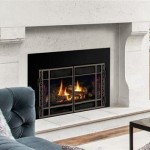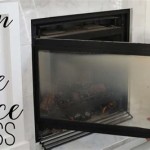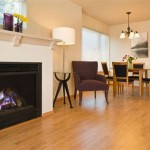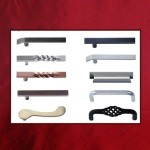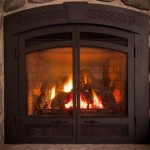Built-In Fireplaces: Essential Aspects to Consider
Built-in fireplaces are alluring additions to any home, combining warmth, ambiance, and style. Their installation, however, requires careful planning and consideration of crucial elements to ensure optimal performance and safety. Here are some essential aspects to keep in mind:
Fuel Source: Built-in fireplaces primarily operate on wood, gas, or electricity. Each fuel type has its advantages and disadvantages. Wood-burning fireplaces offer a classic ambiance but require firewood storage, regular maintenance, and frequent chimney cleaning. Gas fireplaces provide convenience, adjustable heat output, and minimal maintenance. Electric fireplaces are the most user-friendly, requiring no fuel or maintenance, but may not produce the same level of heat as other options.
Firebox Size and Design: The size and design of the firebox impact the heat output and aesthetic appeal of the fireplace. Large fireboxes provide more heat but require a larger chimney. The firebox should be proportional to the size of the room to avoid overpowering or underheating it. Consider the desired flame pattern and the presence of grates or screens to customize the ambiance.
Chimney and Venting: A properly sized and constructed chimney is crucial for proper draft and heat removal. It should extend above the roofline to prevent dangerous gases from backing up into the home. The chimney's height, insulation, and lining play vital roles in maintaining optimal combustion and preventing creosote buildup in wood-burning fireplaces.
Surround Materials and Mantel: The materials used around the fireplace, including the surround and mantel, affect its overall appearance and heat transfer. Heat-resistant materials like stone, brick, or tile are commonly used for the surround to prevent damage and protect against sparks. The mantel can be a decorative element or serve as a heat-dispersing surface. Consider the style and color of the materials to complement the interior design.
Safety Features and Maintenance: Built-in fireplaces require regular maintenance and adherence to safety protocols. Install smoke and carbon monoxide detectors near the fireplace to alert you to potential hazards. A mesh screen should be used to prevent embers from escaping into the room. Proper cleaning and servicing are essential to ensure efficient operation and prevent risks such as chimney fires.
By carefully considering these essential aspects, you can create a built-in fireplace that not only enhances the beauty and comfort of your home but also meets all safety requirements and provides years of enjoyment.

ᑕ❶ᑐ How Much Do Fireplace Built Ins Cost Get The Guide

Photos Of New Home Fireplaces Sr Homes

Custom Built Fireplace Surround Install A New Mantel Hearth
:max_bytes(150000):strip_icc()/CASSPhoto_JND_Annisipour_032-c8ffdbc77bd74c42a3c82d0f19f24295.jpg?strip=all)
34 Clever Fireplace Built In Ideas To Maximize Style

Custom Built In Entertainment Furniture And Cabinets With Electric Fireplaces

Sparkling Series 65 Built In Wall Mount Electric Fireplace Huntington Fireplaces

How To Build A Diy Built In Fireplace With An Electric Insert The Creative Mom

Glitzhome 60 In W Black Fan Forced Electric Fireplace Wm60 Built Shelves Living Room Wall Home

8 Beautiful Fireplace Built Ins You Ll Want Vertical Chimney Care

Fireplaces With Built Ins To Warm Your Space Benvenuti And Stein
Related Posts

